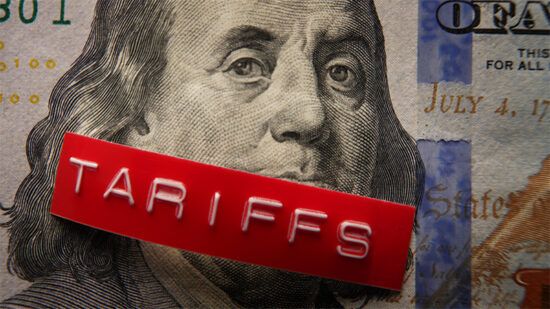In a paper entitled Deconstructing ESG Ratings Performance, MSCI has taken a deep dive into the impact of ESG factors on the performance of companies in different sectors
The aim of the research was to determine whether the governance factor (the G in ESG) is the most important driver of performance for companies, and whether the weighting of E, S and G factors makes any difference to long-term performance.
MSCI’s findings clearly show that while the G in ESG has more impact on companies’ performance over a short time period (one year), over longer time periods all three factors are critical to outperformance. The paper used live MSCI ESG Ratings history over a 13-year time period.
The research also found that the weighting of the E, S ang G factors within each industry can have a big impact on the performance of an ESG index over long time periods.
Guido Giese, executive director, core equity research, said: “The key question that we are addressing in the new study is what has been driving [ESG outperformance]? Was it the E, the S, or the G? Which key issues that underlie the rating model have been driving these financial results?
“And the third question we address is what is the role of the weighting model? How important is the weighting model to construct an ESG rating methodology?”
Different time horizons
To find the answer to these questions, the analysts compared the top quintile companies with the bottom quintile companies in terms performance for the E, S and G scores over one year and 13 years.
They found that the companies with the highest governance scores had the best performance over a short time horizon, but over the longer term the performance results were “much more balanced”, with all three ESG pillars showing outperformance.
Giese explained: “We found that there are two types of ESG key risks. There are ‘event driven risks’, that describe the likelihood of companies suffering a severe incident, like a fraud case, an oil spill, which can hit the stock price in the very near term.
“And then there’s the second type of E risk, which materialize over longer periods of time. We call them ‘erosion risks’ because they can lead to erosion of the stock price over many, many years.
“We found that the G score has a higher proportion of event driven key risk issues. And that’s why governance shows stronger financial relevance in the short term, whereas E and S have a higher proportion of these erosion factors. That’s why they are more long-term in their financial relevance.”
The paper found that companies scoring in the lowest quintile on governance issues in a given month were on average 2.4 times more likely to lose over 90% of their market value over the course of the next 36 months than the best-scoring companies on governance.
However, over a long-term time horizon, companies with long-term environmental scores clearly underperformed peers with the highest E scores.
The paper studied the stock performance of companies carrying the highest- and lowest-quintile environmental scores for the utilities and materials sectors.
“In both sectors, stocks with high environmental scores outperformed the low-scoring companies (relative to the underlying MSCI World Index over the 13-year study period) by roughly 60%,” the research found.
Weighting matters
In addition to digging deeper into the individual E, S and G factors, MSCI’s paper also looked at whether the weighting of these factors for different industries affects performance, and whether it makes sense to mix the E, S and G within one rating at all.
MSCI compared the performance of its own ESG model, which is based on industry specific weightings for each of the ESG factors, with a hypothetical rating based on equal E, S and G weightings.
“The actual rating that uses an industry specific weighting of E, S, and G has very clearly outperformed the simplistic equal weighting of E, S, and G, which means it is absolutely important to have an industry specific weighting scheme for E, S, and G, because otherwise you might not capture what is relevant in each industry,” Giese said.








